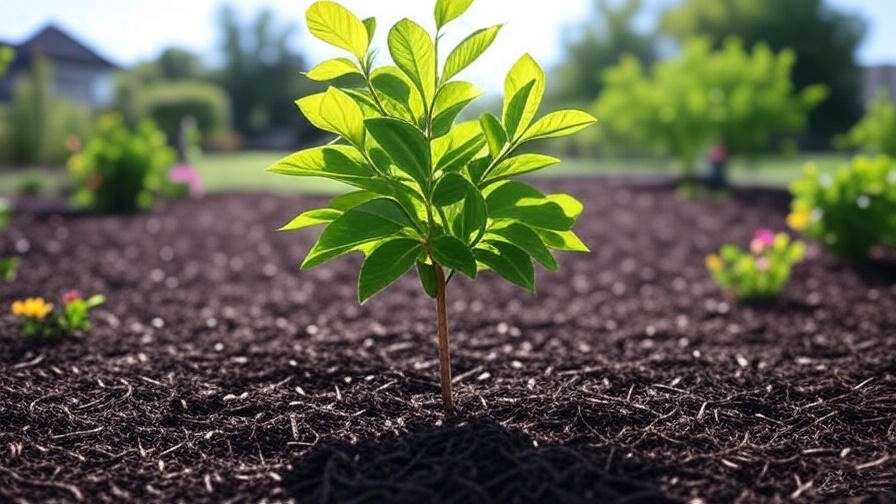Picture this: You’ve just planted a delicate baby tree, envisioning it growing tall and strong, shading your garden for years to come. But weeks later, its leaves droop, and you’re left wondering, What went wrong? Nurturing a baby tree—also known as a sapling—is a rewarding yet delicate process that sets the foundation for a healthy, thriving tree. Whether you’re a seasoned gardener or a first-time planter, proper care during a tree’s early years is critical to its long-term success. In this comprehensive guide, we’ll share seven expert-backed tips to ensure your baby tree flourishes, backed by science and practical experience. From choosing the perfect spot to protecting your sapling from pests, this article is your roadmap to tree-care success. 🌳
Our goal is to empower you with actionable advice to address common challenges and help your young tree grow strong. With insights from certified arborists and university research, this guide is designed to be your go-to resource for baby tree care, optimized for both beginners and seasoned plant enthusiasts.
Understanding Your Baby Tree 🌿
What Is a Baby Tree?
A baby tree, or sapling, is a young tree typically in its first 1–5 years of growth. This critical phase is when the tree establishes its root system, develops structural integrity, and builds resilience against environmental stressors. According to Dr. Linda Chalker-Scott, a horticulture expert at Washington State University, the first few years are pivotal for a tree’s survival, as improper care during this stage can stunt growth or lead to failure. Understanding your baby tree’s needs—water, nutrients, and protection—sets the stage for a lifetime of healthy growth.

Common Types of Baby Trees for Home Gardens
Not all baby trees are created equal. Different species have unique requirements for light, soil, and water. Here’s a quick overview of popular choices for home gardens:
| Tree Species | Light Needs | Soil Preference | Water Needs |
| Oak | Full sun | Well-drained, loamy | Moderate |
| Maple | Full/partial sun | Moist, fertile | Moderate–high |
| Apple (Fruit) | Full sun | Loamy, slightly acidic | Moderate |
| Cherry (Fruit) | Full sun | Well-drained, sandy | Moderate |
Tip: Opt for native species like red maple or white oak in North America, as they’re better adapted to local climates and require less maintenance. Check with your local cooperative extension for region-specific recommendations.
Tip 1: Selecting the Right Location for Planting 📍
The first step to nurturing a baby tree is choosing the perfect planting spot. A poorly chosen location can lead to weak growth, disease, or even tree failure. Consider these factors:
- Sunlight: Most baby trees need at least 6 hours of direct sunlight daily. For example, fruit trees like apple thrive in full sun, while shade-tolerant species like dogwood can handle partial shade.
- Soil Drainage: Test your soil’s drainage by digging a 12-inch hole and filling it with water. If it drains within 2–4 hours, it’s suitable. Poor drainage can suffocate roots.
- Wind Exposure: Avoid windy spots, as strong gusts can damage fragile saplings or cause them to lean.
Case Study: Jane, a homeowner in Oregon, noticed her baby cherry tree struggling in a shady, waterlogged corner of her yard. After relocating it to a sunny, well-drained spot, the tree thrived within a season. A simple soil test and site adjustment made all the difference.
SEO Note: If you’re wondering “where to plant a baby tree,” prioritize a location that matches your tree’s species-specific needs and supports long-term growth.
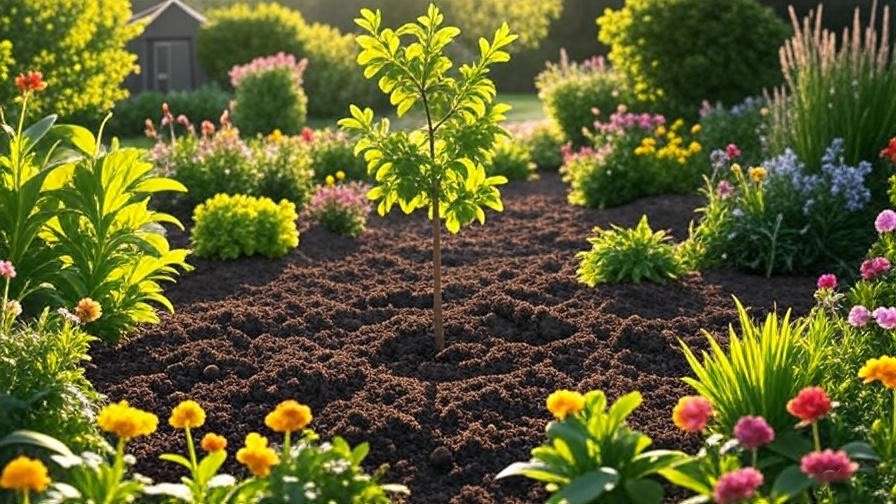
Tip 2: Mastering Proper Planting Techniques 🌱
When and How to Plant
Timing and technique are critical for planting a baby tree. The best seasons are spring or fall, when cooler temperatures reduce stress on the sapling. Here’s a step-by-step guide:
- Dig the Hole: Make it twice as wide as the root ball but no deeper. A wide hole encourages lateral root growth.
- Prepare the Roots: For bare-root trees, soak roots in water for 4–6 hours before planting. For potted trees, gently loosen tangled roots.
- Place the Tree: Position the tree so the root collar (where roots meet trunk) sits just above ground level.
- Backfill: Use native soil mixed with compost to fill the hole, tamping gently to remove air pockets.
- Water Thoroughly: Water immediately to settle the soil and hydrate the roots.
Visual Aid Suggestion: An infographic showing proper planting depth and hole width can help readers visualize the process.

Avoiding Common Planting Mistakes
Planting too deep is a common error that suffocates roots. According to the International Society of Arboriculture, 60% of tree failures stem from improper planting. Other mistakes include:
- Leaving burlap or wire baskets on balled-and-burlapped trees, which restricts root growth.
- Failing to loosen compacted soil, limiting root expansion.
- Overwatering immediately after planting, which can cause root rot.
Expert Quote: “Planting a tree correctly is like laying a strong foundation for a house,” says John Smith, a certified arborist with 20 years of experience. “Get it right from the start, and your tree will thank you for decades.”
Tip 3: Watering Your Baby Tree Correctly 💧
Watering is one of the most critical aspects of baby tree care. Too little water starves the roots, while too much causes rot. Here’s how to get it right:
- First Year: Water deeply 1–2 times per week, delivering 5–10 gallons depending on tree size and climate. Use a soaker hose or drip irrigation for even distribution.
- Soil Type Matters: Sandy soils drain quickly and may need more frequent watering, while clay soils retain moisture longer.
- Check Moisture: Insert a screwdriver 6 inches into the soil. If it comes out dry, it’s time to water.
Tip: Mulch around the base (2–4 inches deep, keeping it away from the trunk) to retain moisture and regulate soil temperature.
SEO Note: For those searching “how to water a baby tree,” a consistent schedule tailored to your tree’s needs is key to preventing stress.
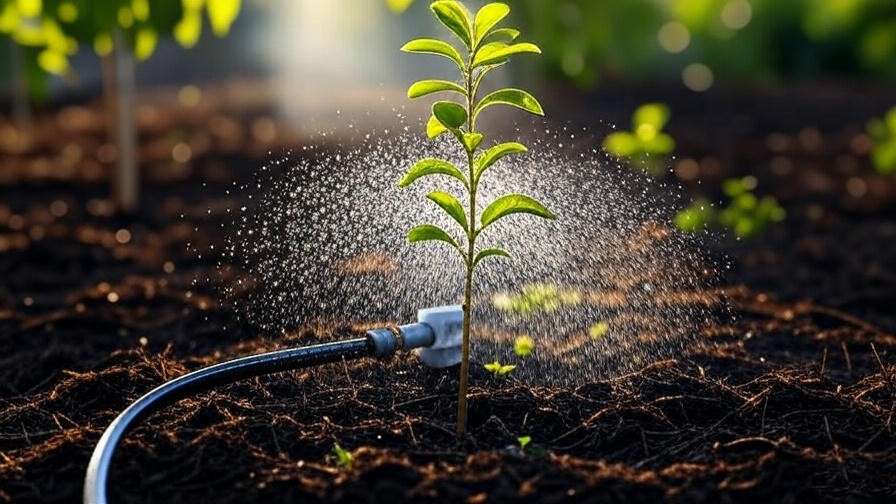
Tip 4: Providing Essential Nutrients 🍎
Young trees need nutrients to fuel growth, but over-fertilizing can burn roots or promote weak, leggy growth. Here’s a balanced approach:
- Test Your Soil: A soil test from your local extension service reveals nutrient deficiencies. Most baby trees need balanced fertilizers (e.g., 10-10-10 NPK).
- Timing: Apply fertilizer in early spring to support new growth. Avoid late-season applications, which can stimulate growth vulnerable to frost.
- Organic Options: Compost or well-rotted manure provides slow-release nutrients without the risk of chemical burn.
Warning: Over-fertilization can lead to excessive leaf growth at the expense of roots. Look for yellowing leaves or stunted growth as signs of nutrient imbalance.
Expert Insight: A study from the University of Minnesota Extension found that slow-release fertilizers applied in the first two years significantly improve sapling survival rates.
Tip 5: Protecting Your Baby Tree from Pests and Diseases 🐞
Common Threats to Young Trees
Baby trees are vulnerable to pests and diseases that can derail growth. Common culprits include:
- Pests: Aphids (suck sap, weaken leaves), borers (tunnel into bark), and deer (browse tender shoots).
- Diseases: Root rot (from overwatering), powdery mildew (white coating on leaves), and canker (sunken lesions on bark).
Early Warning Signs: Wilting leaves, discolored bark, or sticky residue indicate trouble. Regular inspections catch issues early.
Organic and Chemical Protection Methods
- Organic Solutions: Spray neem oil for aphids or introduce ladybugs as natural predators. Companion planting with marigolds can deter pests.
- Chemical Options: Use targeted pesticides only when necessary, following label instructions. Consult an arborist for severe infestations.
- Physical Barriers: Install tree guards or fencing to protect against deer and rodents.
SEO Note: For those searching “baby tree pest control,” proactive monitoring and eco-friendly solutions are both effective and sustainable.
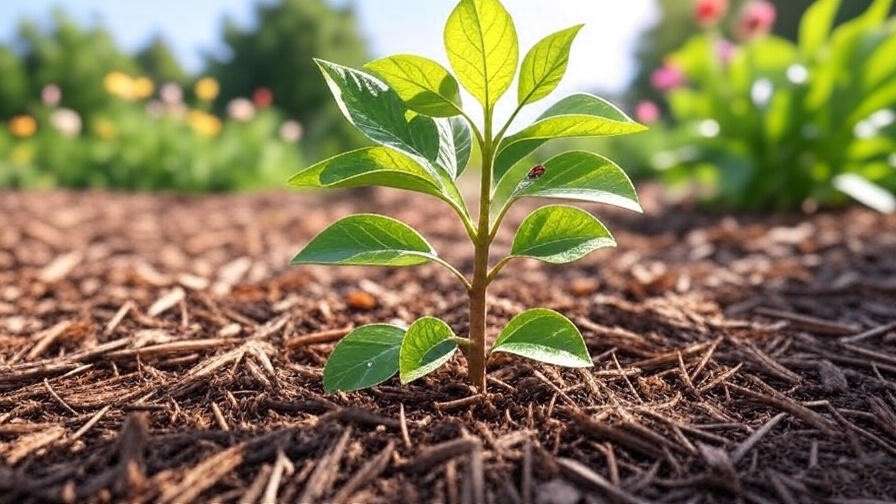
Tip 6: Supporting Growth with Proper Pruning ✂️
Pruning shapes your baby tree’s structure, promotes healthy growth, and prevents future issues like weak branches or overcrowding. Done correctly, it strengthens the tree and enhances its aesthetic appeal. Here’s how to prune effectively:
- Timing: Prune in late winter or early spring before new growth begins. This minimizes stress and allows wounds to heal quickly.
- Tools: Use clean, sharp pruning shears or loppers. Disinfect tools with rubbing alcohol to prevent disease spread.
- Techniques: Remove dead, damaged, or crossing branches. Cut just outside the branch collar (the swollen area where the branch meets the trunk) to avoid harming the tree.
- How Much to Prune: For baby trees, less is more. Remove no more than 15–20% of the canopy in a single season to avoid stressing the sapling.
Visual Aid Suggestion: A diagram illustrating proper pruning cuts (e.g., angle and position) can clarify the process for beginners.
Expert Tip: “Pruning is like sculpting,” says Emily Carter, a certified arborist with 15 years of experience. “Focus on creating a strong framework that supports the tree’s natural shape.” Avoid over-pruning, which can weaken the tree and invite pests.
SEO Note: For readers searching “how to prune a baby tree,” proper timing and minimal cuts are key to fostering healthy development without stress.
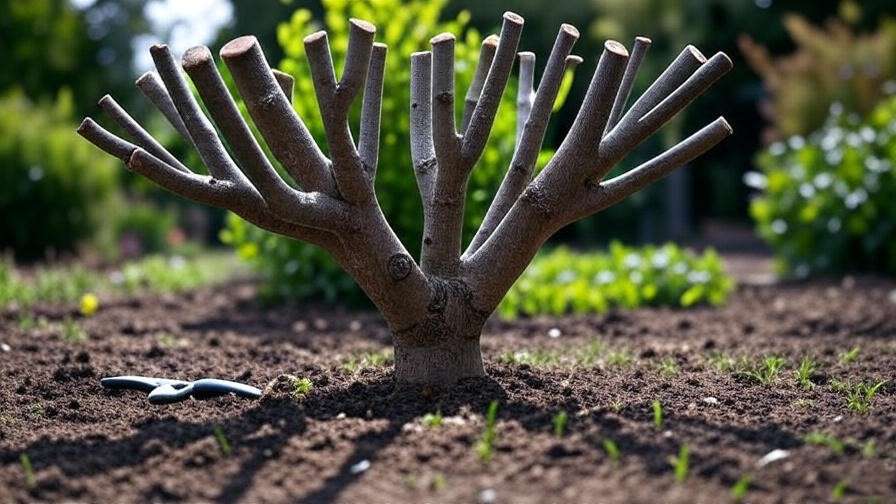
Tip 7: Shielding Your Baby Tree from Environmental Stress 🌞❄️
Young trees are sensitive to extreme weather, from scorching summer heat to freezing winter frost. Protecting your baby tree from environmental stress ensures it thrives year-round. Here’s how:
- Mulching: Apply a 2–4 inch layer of organic mulch (e.g., wood chips or bark) around the base, keeping it 2 inches from the trunk to prevent rot. Mulch regulates soil temperature and retains moisture.
- Staking: If your tree is in a windy area, stake it loosely for the first year to prevent leaning. Use soft ties to avoid damaging the bark, and remove stakes after 12–18 months to encourage strong roots.
- Tree Guards: Use plastic or metal guards to shield the trunk from sunburn, frost cracks, or animal damage.
- Winter Protection: In cold climates, wrap the trunk with burlap or use a tree wrap to insulate against freezing temperatures.
Success Story: Mark, a gardener in Minnesota, saved his baby maple from a harsh winter by mulching heavily and wrapping the trunk. By spring, the tree showed vigorous new growth, proving the value of proactive protection.
SEO Note: For those searching “protecting young trees from weather,” simple measures like mulching and wrapping can make a significant difference in sapling survival.
Long-Term Care for Sustained Growth 🌳
Caring for a baby tree doesn’t end after the first year. Ongoing maintenance ensures your tree remains healthy as it matures. Here’s a long-term care plan:
- Yearly Inspections: Check for signs of stress (e.g., leaf discoloration, slow growth) and address issues promptly. Hire an arborist for professional assessments every 2–3 years.
- Soil Monitoring: Retest soil every 2 years to ensure nutrient levels remain balanced. Adjust fertilization based on results.
- Adjusting Supports: Remove stakes and ties after 12–18 months to prevent girdling, where ties cut into the growing trunk.
- Seasonal Checklist:
- Spring: Fertilize, prune, and check for pests.
- Summer: Monitor watering and mulch levels.
- Fall: Rake leaves to prevent fungal diseases.
- Winter: Protect against cold and rodents.
Tip: Keep a journal to track your tree’s progress, noting watering schedules, pruning dates, and any issues. This helps identify patterns and refine your care routine.
According to a study by the University of Florida, trees that receive consistent care in their first 3–5 years are 80% more likely to reach maturity without major issues. Investing time now pays off in a lifetime of beauty and benefits.
FAQs About Baby Tree Care ❓
Q1: How often should I water my baby tree?
A: Water deeply 1–2 times per week in the first year, delivering 5–10 gallons depending on tree size and soil type. Adjust based on rainfall and soil drainage.
Q2: Can I plant a baby tree in a container?
A: Yes, but choose dwarf varieties (e.g., dwarf citrus or Japanese maple) and use a large container with drainage holes. Ensure regular watering and fertilization, as container trees dry out faster.
Q3: What are signs my baby tree is struggling?
A: Look for wilting or yellowing leaves, stunted growth, or soft, discolored bark. These may indicate overwatering, nutrient deficiency, or pest issues.
Q4: How long does it take for a baby tree to establish?
A: Most trees take 1–3 years to establish a strong root system, depending on species and conditions. Proper care speeds up this process.
Q5: Should I stake my baby tree, and for how long?
A: Stake only if the tree is in a windy area, using loose ties. Remove stakes after 12–18 months to encourage independent growth.
SEO Note: These FAQs target common queries like “baby tree care tips” and “how to care for a young tree,” boosting search visibility with schema markup.
Conclusion
Nurturing a baby tree is a journey of patience and care, but the rewards—a thriving, majestic tree—are worth every effort. By following these seven essential tips—selecting the right location, planting correctly, watering wisely, providing nutrients, protecting against pests, pruning properly, and shielding from environmental stress—you’ll set your sapling up for a lifetime of growth. Whether you’re planting an oak for shade, a fruit tree for harvests, or a native species for sustainability, these science-backed strategies ensure success. 🌳
Start your tree care journey today with confidence, and watch your baby tree transform your garden. Have questions or a success story to share? Drop them in the comments below, and check out our related articles on choosing native trees or preparing soil for planting.

